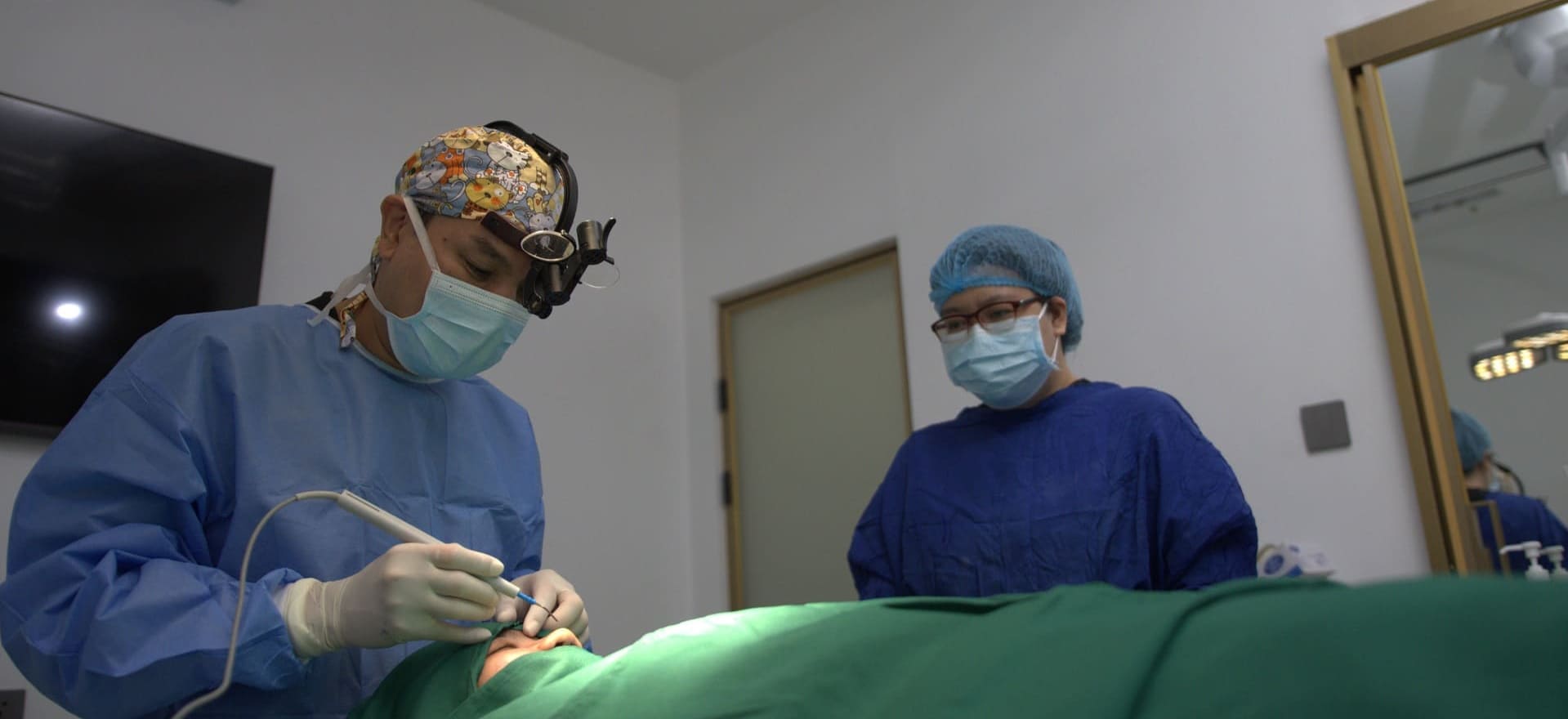
Neck Lift
What is Neck Lift?
A neck lift tightens and smooths the neck and under-chin area, addressing issues like loose neck skin, neck bands, and double chin.
Procedure Overview:
Incisions are often made behind the ears and/or under the chin.
Fat may be removed or repositioned (sometimes with liposuction).
The platysma muscle (which causes vertical neck bands) is tightened.
Loose skin is trimmed and redraped for a firmer, more youthful neck contour.
Targets:
Turkey neck or sagging skin
Vertical neck bands
Excess fat under the chin (double chin)
Pre-Procedure Guidelines
Proper preparation before your facelift or neck lift surgery helps ensure a smooth procedure and optimal healing.
1. Medical Clearance & Labs
Complete all required lab work and medical clearance as advised by your doctor.
Inform the clinic of all current medications, vitamins, or supplements you are taking.
Let us know if you have hypertension, diabetes, heart conditions, bleeding disorders, or other chronic conditions.
2. Medications & Supplements
Avoid blood-thinning medications and supplements (e.g., aspirin, ibuprofen, vitamin E, fish oil, herbal remedies) for 7 days before surgery, unless otherwise instructed.
Take your prescribed maintenance medications unless advised otherwise by your surgeon.
Inform the clinic before taking any new medications or supplements.
3. Lifestyle Restrictions
Stop smoking at least 2 weeks before surgery, as it interferes with blood circulation and healing.
Avoid alcohol for 48 hours before surgery.
Arrange a companion to assist you after surgery and during your first 24–48 hours of recovery.
4. Night Before & Day of Surgery
If general anesthesia is planned, do not eat or drink after midnight the night before surgery.
Shower and shampoo your hair the night before or morning of surgery. Do not apply lotions, creams, or makeup.
Wear comfortable, loose-fitting clothes and a top that zips or buttons in front.
Post Procedure Guidelines
Following these instructions carefully will support healing and reduce the risk of complications.
1. Movement & Activity
Light movement (e.g., walking around the house) is encouraged the same day you return home to promote circulation.
Avoid strenuous activities, heavy lifting, or vigorous exercise for at least 2 weeks.
Avoid bending over or lowering your head below heart level during the first week.
2. Bandage & Wound Care
Keep your bandages on for at least 24 hours, or as instructed by your surgeon.
You may take a bath, but avoid getting the bandaged area wet. If wounds are exposed, dry them immediately after washing.
Gently clean around the incision sites using clean water or distilled water and cotton/cotton buds. Do not scrub.
Keep wounds dry and avoid applying any creams or ointments unless prescribed.
3. Facial Swelling, Bruising & Weakness
Swelling and bruising around the cheeks, neck, and ears are common and will gradually subside over 1 to 2 weeks.
Some temporary facial weakness or difficulty sipping water may occur—this is due to local anesthetic or swelling and typically resolves quickly.
Sleep with your head elevated on 2 pillows for 1 to 2 weeks to minimize swelling.
4. Medications
Take all prescribed medications (antibiotics, pain relievers, anti-swelling agents) as directed.
Continue maintenance medications for existing conditions (e.g., hypertension, diabetes) unless advised otherwise.
5. Lifestyle Considerations
Do not smoke or use nicotine products for at least 2 weeks post-op.
Avoid alcohol for at least 48 hours post-op, especially while taking medications.
Refrain from coloring or chemically treating your hair for 4 weeks after surgery.
6. Signs to Watch For
Contact the clinic immediately if you experience:
Excessive swelling or bruising not improving after several days
Sudden increase in pain
Abnormal discharge (pus or foul-smelling fluid)
Redness or warmth spreading from the incision site
Fever or chills
